Formafantasma
Simone Farrasin of creative duo Formafantasma discusses the heights of artistic merit that smart, culturally savvy design can possess
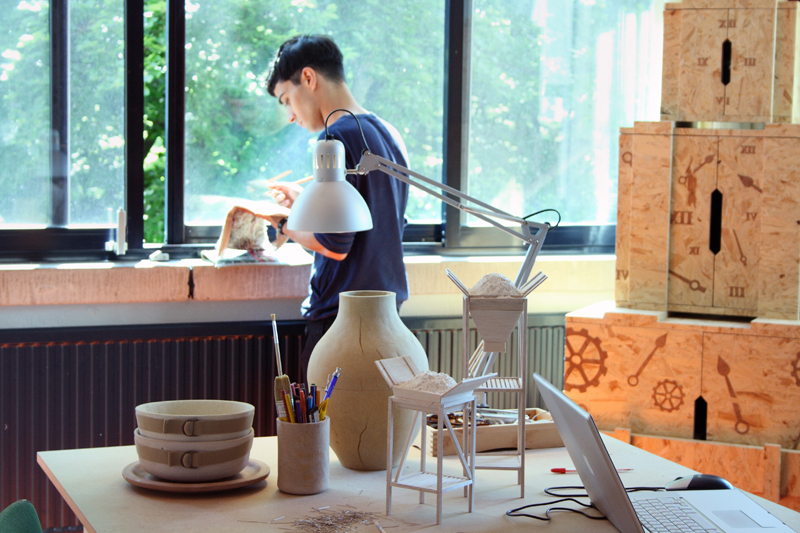
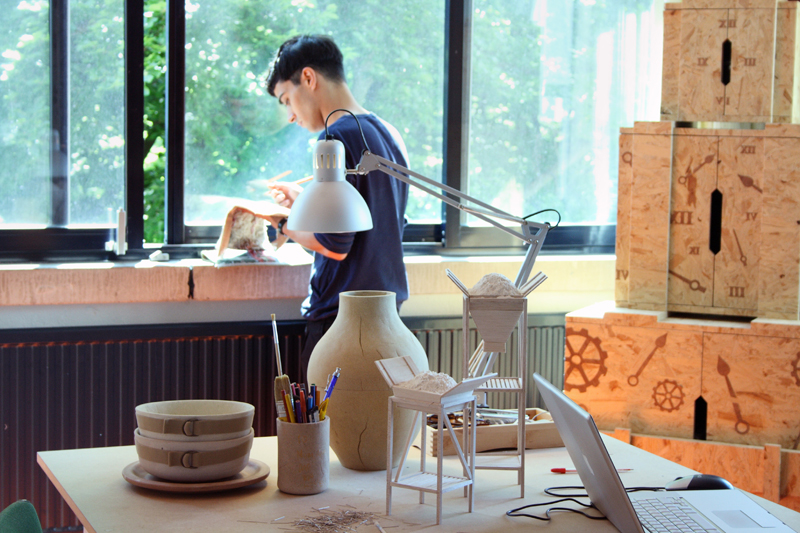
Ask a product designer what they think is the main function of design, and the chances are they’ll start talking about ‘facilitating convenience’ and making objects more efficient at completing their tasks. This, however, is not the case for the creative duo of Andrea Trimarchi and Simone Farresin, who together make up Studio Formafantasma.
Originally hailing from Italy, the pair are currently based in the Netherlands where their studio takes the unusual decision to place conventionally obscure subjects such as history, culture, anthropology and biology at the forefront of their design ethos. Speaking with Simone Farresin it’s clear that the traditional priorities of design are, by comparison to the scope of their work, stiflingly narrow.
We are really interested in keeping our work within the discussion of design and not art. And also in how objects are used as cultural vectors
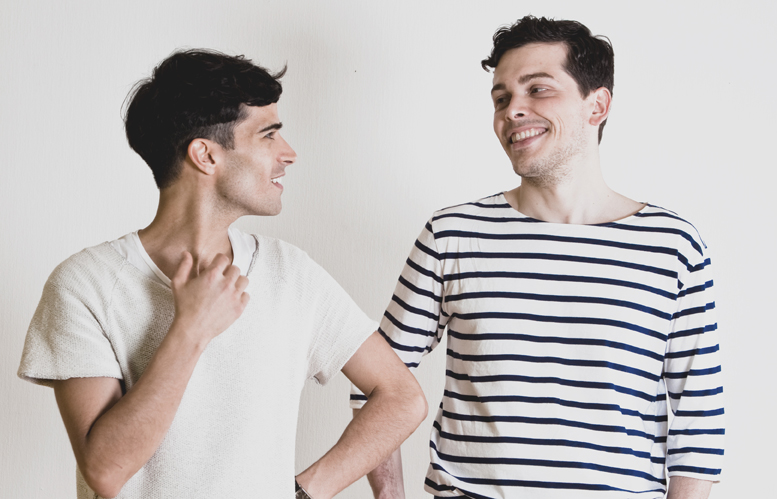
Formafantasma’s creations mix a contemporary, experimental approach to traditional materials that wouldn’t look out of place on an Indiana Jones set. Their work is somehow timeless and simultaneously ancient. Their Botanica project, for example, imagines the direction design might have taken had the plastic production era never happened. By pooling knowledge of traditional crafts and an experimental approach to materials, the duo created a series of designs that took on a meaning beyond function. And by doing so blurred the line between design and art. This however, is a line Simone is keen to keep as clear as possible, “We are really concerned with keeping our work within the discussion of design and not art,” he says. This is not to say that their creations are without artistic value, and Simone seems quite comfortable with the fact that many of their designs are more likely to appear in galleries rather than stores.
“When you talk about objects, you talk about functions.” Simone says, “We are in a moment where we are very much aware that objects have other uses which are not connected to their primary function.” He explains that this tendency to base an object’s worth on what it does is not necessarily the best way to determine value. ‘Folk-art objects’, as Simone points out, are a good example of this, in that, despite not serving a particularly effective function, culturally-speaking they still have great value. “And we are very much interested in how objects are used as cultural vectors, especially when you talk about craft and folklore,” he says. This idea of referencing cultural history and traditions through design imbues their work with deeper meaning than most ergonomically designed table lamps.
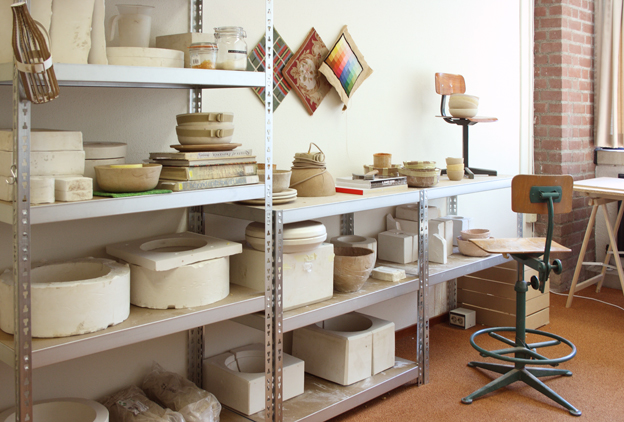
You’d be forgiven for thinking that taking the unusual approach of fusing artistic and anthropological elements into their designs would make Formafantasma a little too obscure to be commercially popular. This is not the case. Last year fashion brand Fendi commissioned the pair to reinterpret the use of leather. “It was quite a complicated project with lots of logistics.” Simone says. “Leather is connected to the complex relationship we have with nature... It’s very much about hunting and killing for meat, or creating clothing for the body or shoes for living.” And so, by using the cultural role leather has played in human history as inspiration, the duo explored the idea of using other animal-sourced materials to create new products, such as stools upholstered in fish skins or cow bladders that act as kitchen containers. By working with such an established brand, Formafantasma were given the freedom to explore their outlandish concepts far more than they would perhaps be able to otherwise.
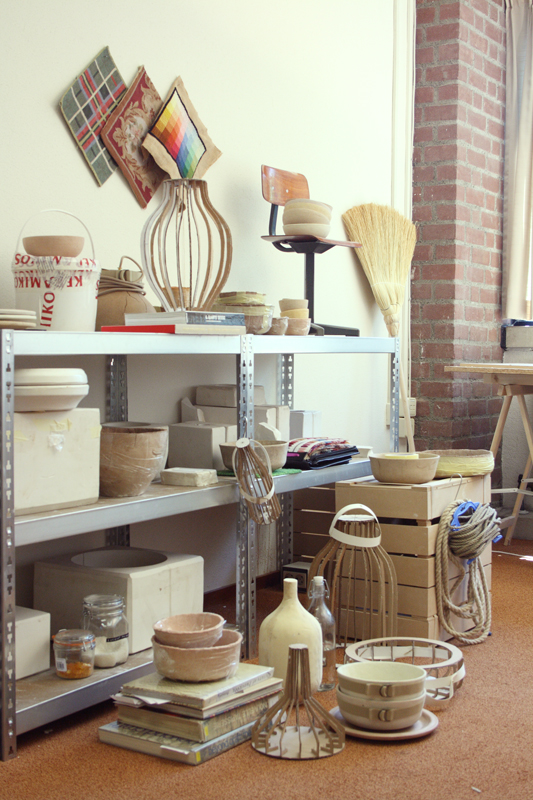
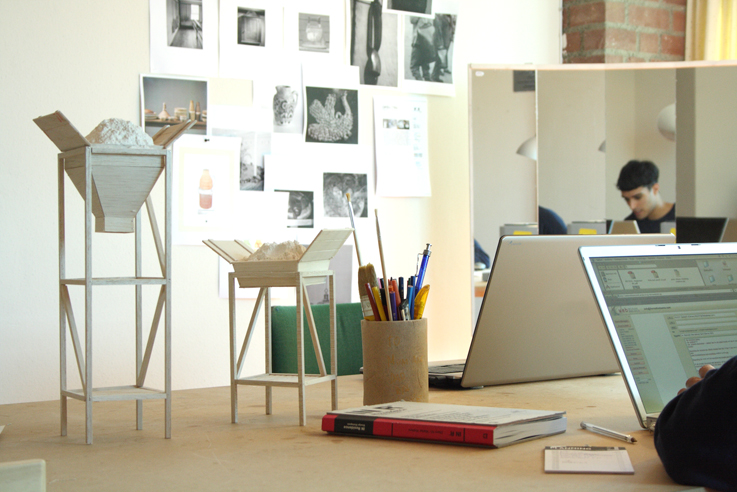
And exploring notions of ‘craft’ is central to their work process. The resurrection of forgotten crafts and experimentation with new production techniques make frequent appearances throughout their work. And, much like their designs, there are cultural factors at play in their preoccupation with craft as being timeless; the meaning inherent in how objects are created through techniques passed down and refined over hundreds of years. “You do not only use a vase to put your flowers in,” Simone says. “You also use it as a carrier of heraldic symbols.”
http://www.formafantasma.com/
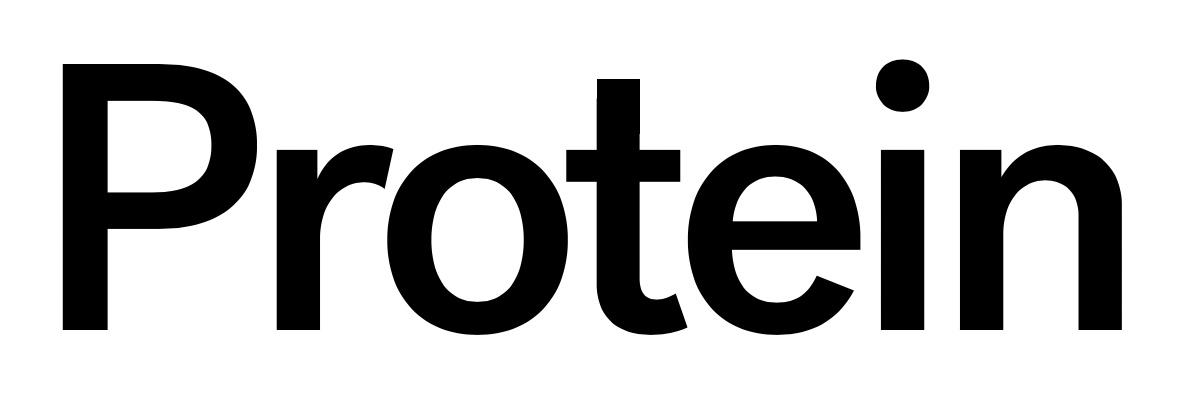

Discussion